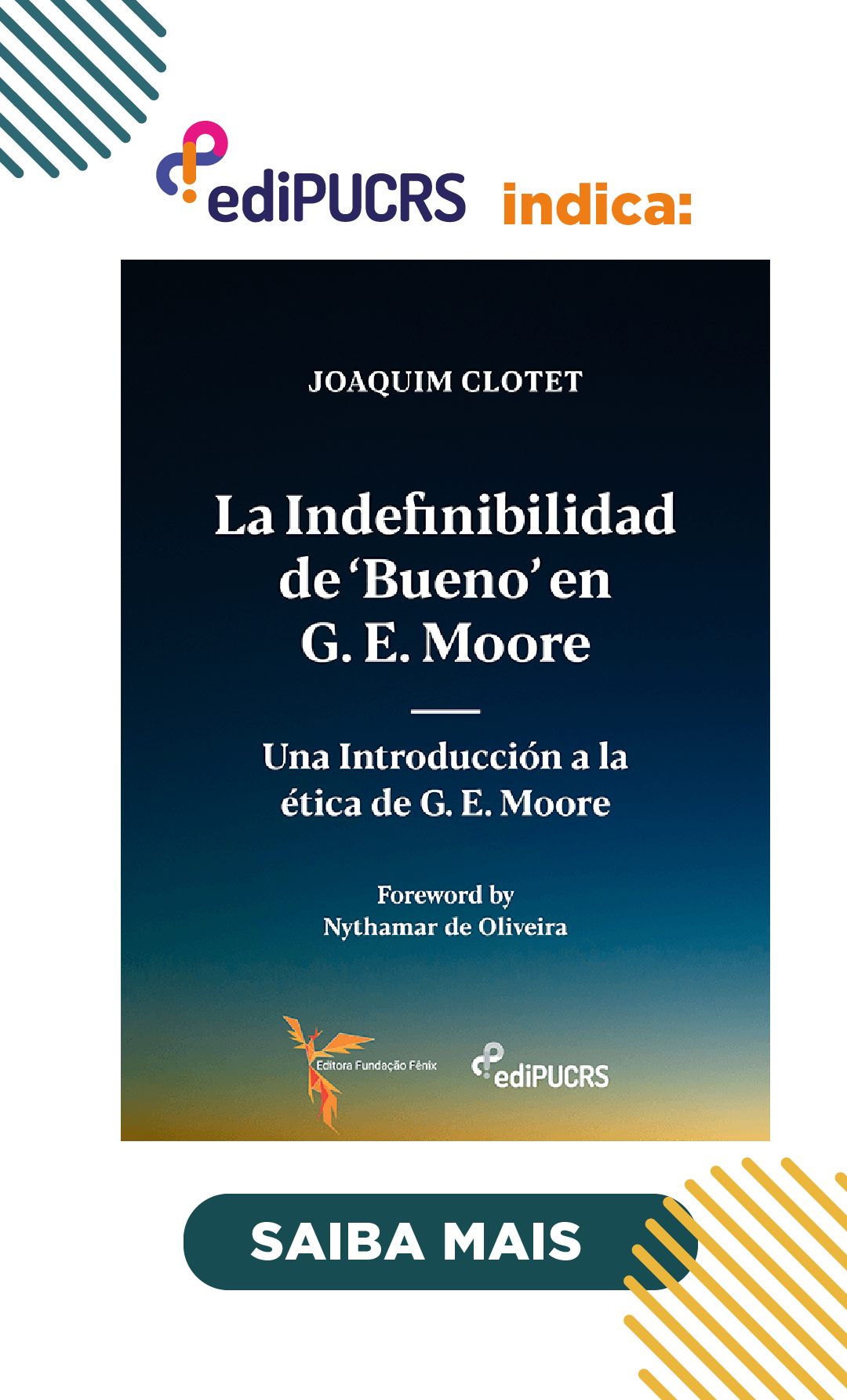Ontopolitics and historical diagrams of power: Majority and minority according to Deleuze and the Theory of Multitudes according to Peirce
DOI:
https://doi.org/10.15448/1984-6746.2012.1.11232Keywords:
Deleuze. Peirce. Ontopolitics. History. Multitude.Abstract
This article aims at developing the so-called ontopolitics as G. Deleuze’s innovative contribution to contemporary political philosophy. This objective will lead us to inspect the concept of power that Deleuze borrowed from Foucault and extended in order to assign to it an ontological adequacy. The concept of power opens access to another important element of the Deleuzean political philosophy, that is, the study of the historical diagrams of the power in the so-called discipline and control societies. With the combined dynamical diagram of both, we become aware of the portrait Deleuze draws for the democracy in contemporary societies. Digging into the Deleuzean ontopolitics, we will devote ourselves to the concepts of majority, minority and minor-becoming. It is in this point that the meeting between Deleuze’s ontoplitics and Ch. Sanders Peirce’s mathematical ontology becomes sound. It happens that Deleuze’s ontopolitical concepts, besides their bond to an ontology of the power, receive also a mathematical treatment related to certain arithmetical (denumerable and nondenumerable) and geometrical notions (lines). The majorities and minorities are denumerable sets which are crossed by nondenumerable becomings. This step done, we will reach the stand point of the present paper, where we carry out initial approach with regard to an image for the concepts of majority and minority on the basis of Peirce’s theory of collections and multitudes, mostly envisaging the mathematical ontology included in it. Accordingly, the main operation to be accomplished is that the Deleuzean distinction between the denumerable majorities/minorities and the nondenumerable mino-becoming may be mapped out in terms of discrete collections called enumerable, denumerable and abnumerable or postnumerable, in compliance with Peirce’s terminology.Downloads
Downloads
Published
How to Cite
Issue
Section
License
Copyright
The submission of originals to Revista Veritas implies the transfer by the authors of the right for publication. Authors retain copyright and grant the journal right of first publication. If the authors wish to include the same data into another publication, they must cite Revista Veritas as the site of original publication.
Creative Commons License
Except where otherwise specified, material published in this journal is licensed under a Creative Commons Attribution 4.0 International license, which allows unrestricted use, distribution and reproduction in any medium, provided the original publication is correctly cited. Copyright: © 2006-2020 EDIPUCRS</p





